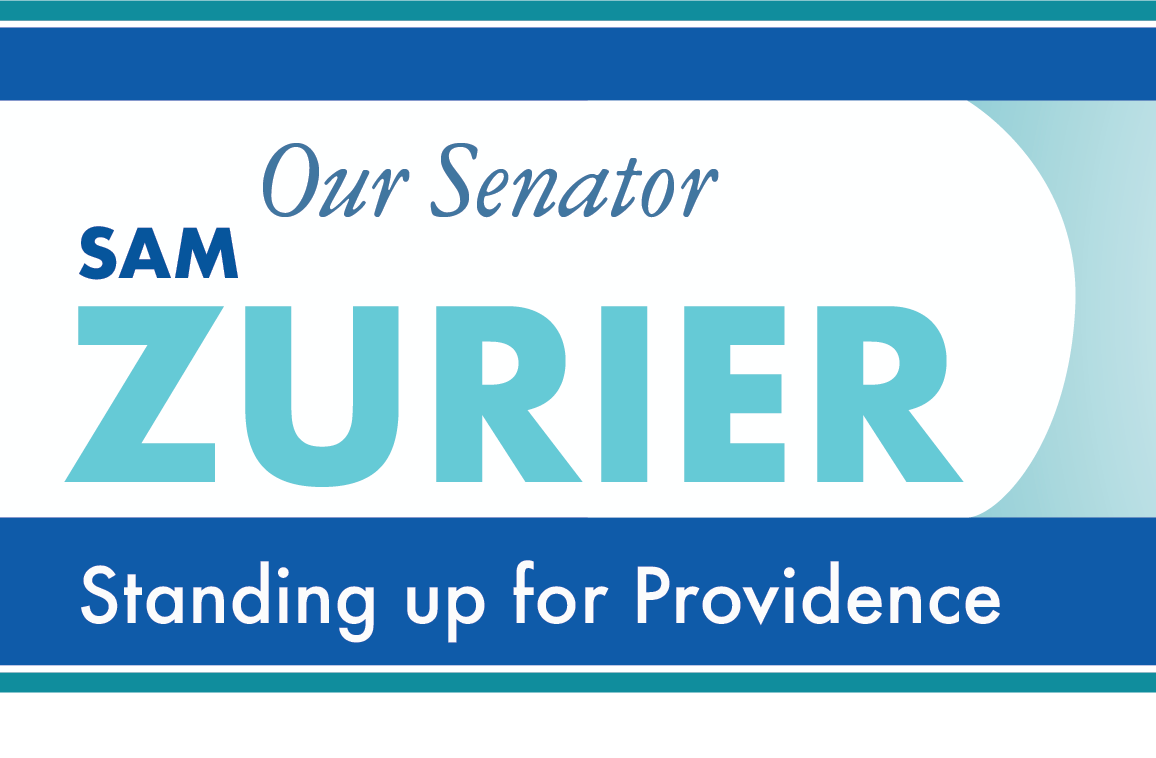In March of this year, Congress passed the American Rescue Plan Act (ARPA), appropriating $1.9 trillion to respond to the coronavirus pandemic in various ways. The State of Rhode Island received several federal grants, including $1.12 billion for the State Fiscal Recovery Fund (“SFRF”). Rhode Island received these funds in March, but has yet to spend any of them. In recent weeks, the State (through its “Rhode Island 2030” document), the Rhode Island Foundation and others have published proposals about how to spend the money. In the coming weeks, I will provide my analysis of these proposals, many of which contain elements that likely would not be permitted under ARPA. In this District Letter, I will explain the basic guidelines Congress established for SFRF, which will provide a framework for my review of the proposals that currently are on the table.
Congress authorized states to use the State Fiscal Relief Fund for four specific purposes:
a) To respond to the public health emergency or its negative economic impacts, including assistance to households, small businesses, and nonprofits, or aid to impacted industries such as tourism, travel, and hospitality;
b) To respond to workers performing essential work during the COVID-19 public health emergency by providing premium pay to eligible workers;
c) For the provision of government services to the extent of the reduction in revenue due to the COVID–19 public health emergency relative to revenues collected in the most recent full fiscal year prior to the emergency; and
d) To make necessary investments in water, sewer, or broadband infrastructure.
The federal government directed states to hold a public engagement process to receive input concerning possible uses of the funds. To assist states in identifying eligible projects, the Treasury Department issued an Interim Final Rule and answers to Frequently Asked Questions. These documents contain a lot of material, but the key points can be summarized as follows.
- As a general matter, a state must do the following to justify a proposal that qualifies as one that, under part a), will “respond to” the public health emergency or its negative economic impacts:
- Show how a specific need arose because of the public health emergency (for example, the need for vaccines or contact tracing, or the need for better ventilation inside buildings to allow business to re-open).
- Describe how the proposed project will “respond to” that need.
In its accompanying guidance, the Treasury Department places limits on how flexible states can be in performing this exercise. The money should not be used to address a problem that existed before the coronavirus pandemic struck, such as general economic development projects. Also, if a state proposes a large project that responds in part to the coronavirus and in part does not respond (such as the construction of an entire new laboratory facility for the Department of Health), it can only spend the federal money or the portion of that project is to improve responses to the coronavirus (such as vaccine research), and use state money for non-responsive portions (such as shellfish testing). On the other hand, the Treasury Department allows one area for flexibility, namely when funds are used to reduce the disparities in health and economic impacts that disadvantaged populations (such as people in poverty and communities of color) suffered as a result of the coronavirus pandemic.
2. The Treasury guidance defines the group of “essential workers” eligible to receive premium pay under part b} to include public safety personnel, health care workers, home health aides, child care workers and social workers to the extent that their work involves direct contact with people for the duration of the public health emergency.
3. The Treasury guidance accords the greatest flexibility to “government services” projects with funds spent under part c), which can be used for any government program except for a deposit into a state’s “rainy day fund” or pension fund. Congress did restrict the amount of money that can be used under this part to the amount of revenue the state lost during the pandemic, when compared to the most recent pre-pandemic fiscal year. In Rhode Island’s case, the latest estimate I saw described the amount of “government services” funds to be approximately one-third of the total, or between $350 million and $400 million of the $1.1 billion total.
4. The Treasury Department’s guidance for part d) refer to project guidelines the Environmental Protection Agency has established for water and sewer projects, and also has certain technical specifications for allowable broadband projects.
States have four years in which to commit the funds for projects, and five years in which to spend the money. As this summary indicates, Congress was fairly prescriptive with the SFRF program. States are required to submit their budgets to the Treasury Department for review, including an explanation of how the projects comply with Congressional requirements. If the Treasury Department determines that a project does not comply, it can require the state to reimburse the funds improperly spent. The City of Providence had experience with a similar issue several years ago, when it spent federal funds from the Department of Housing and Urban Development in non-compliant ways, and had to refund money to the federal government.
In short, while I believe the State was correct to hold public sessions to seek input on the use of the funds, it made a mistake in failing to inform the public of the federal restrictions. Instead, the State invited the public to think broadly of possible projects without regard to whether they are permitted under ARPA and SFRF. As a result, the State may have created unrealistic expectations about how the money can be used or, alternatively, it may propose a program that will fail to comply with federal guidance, and create the risk of a requirement to reimburse the federal government for ineligible programs.
